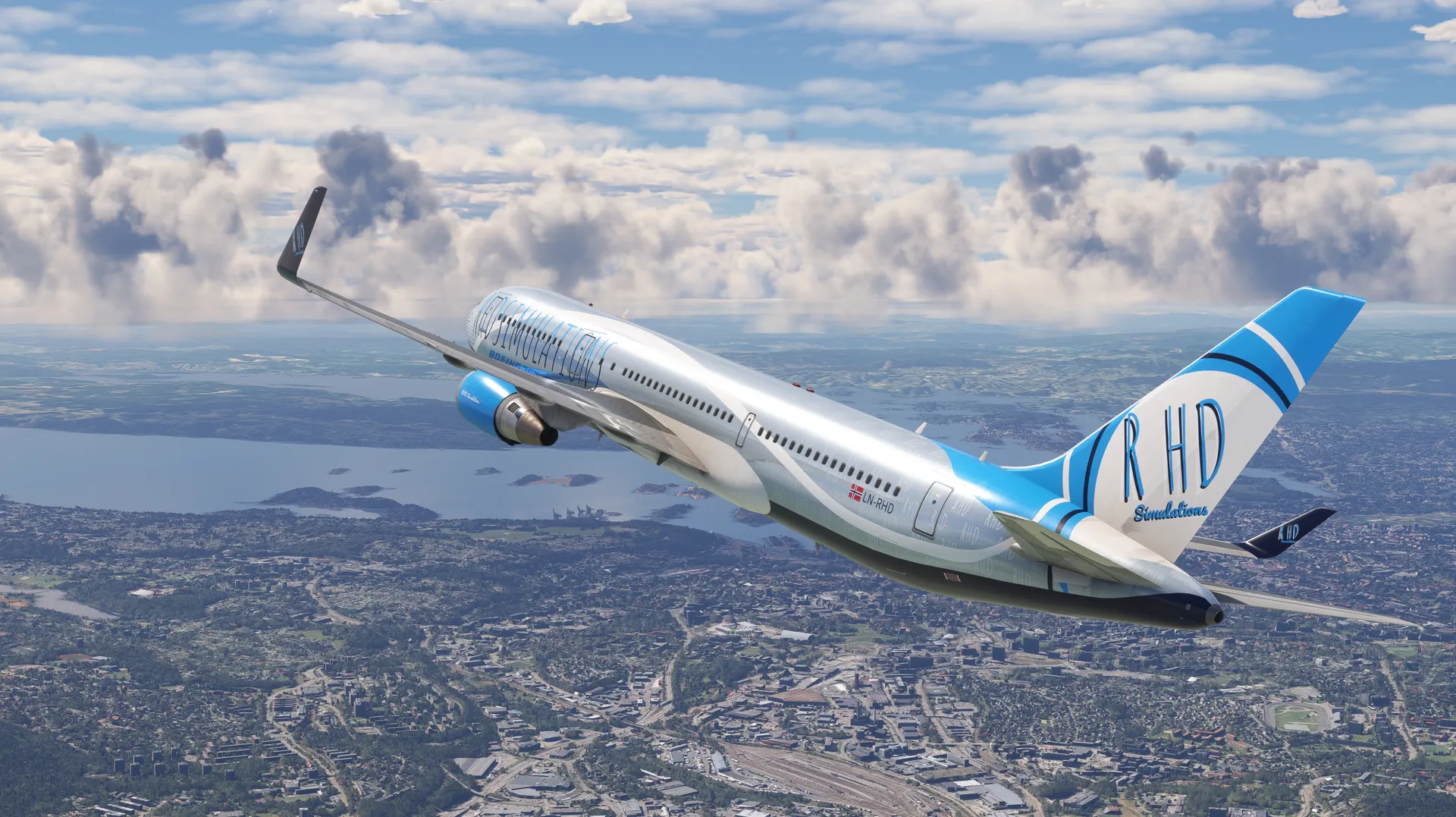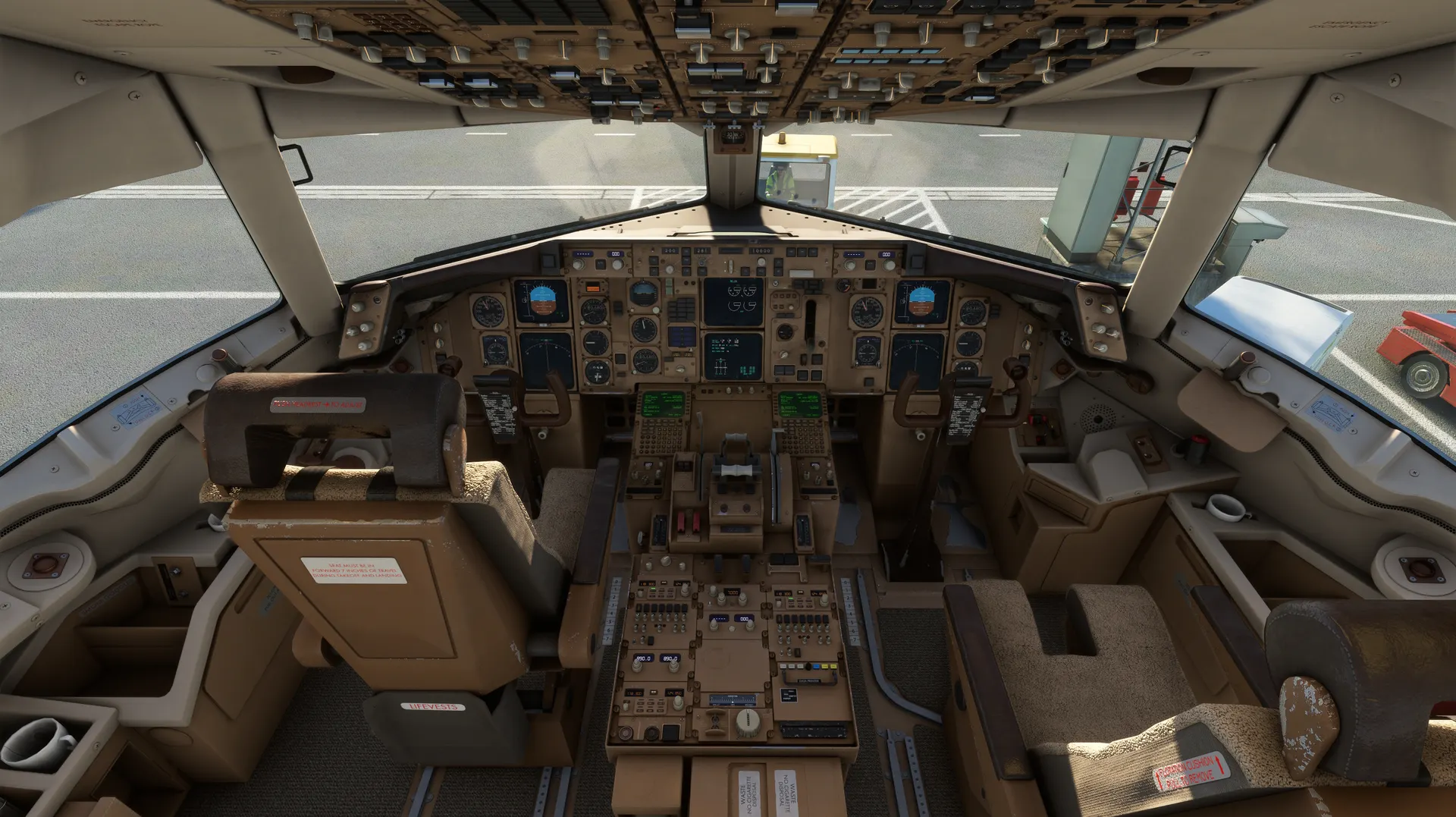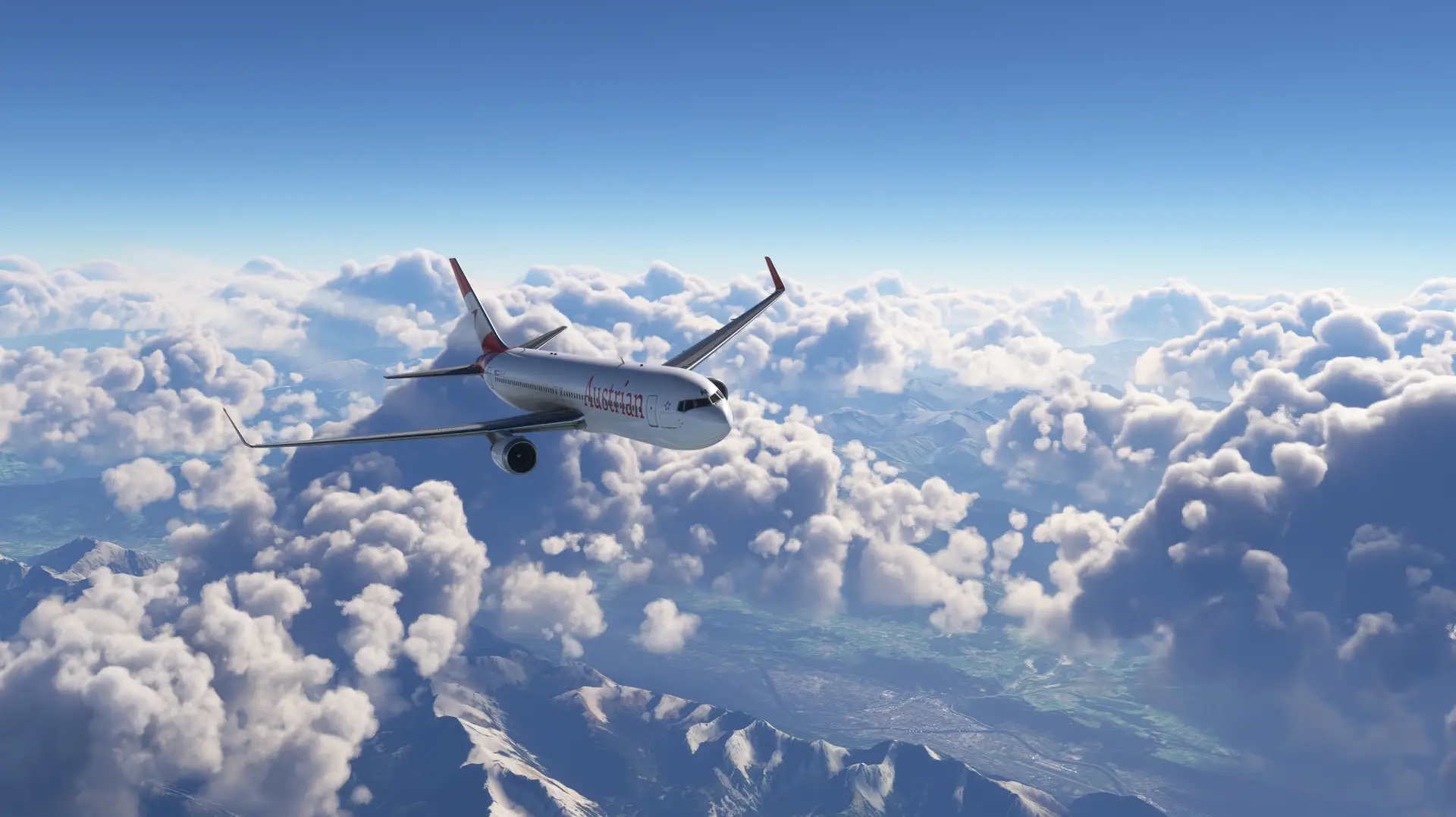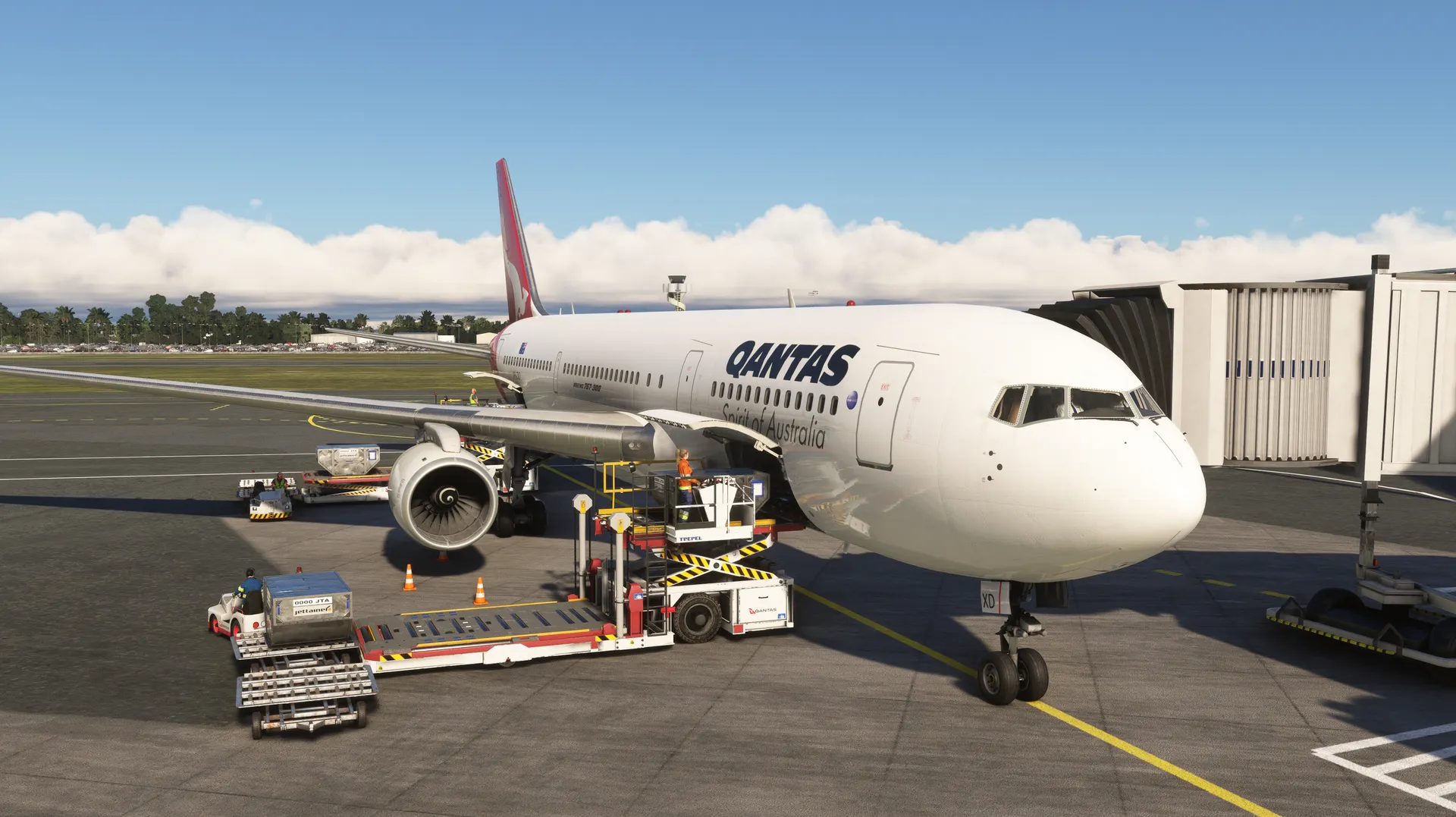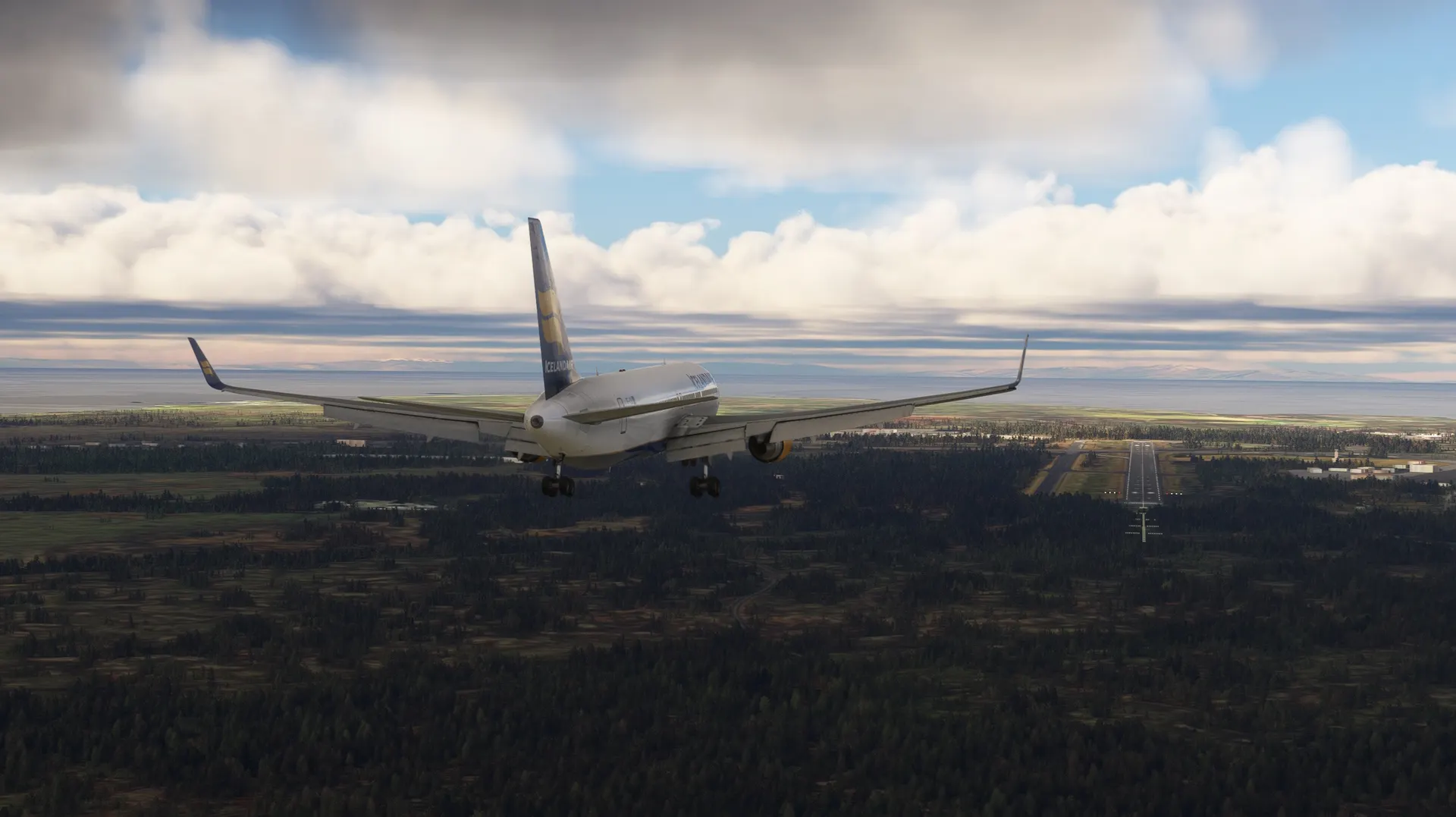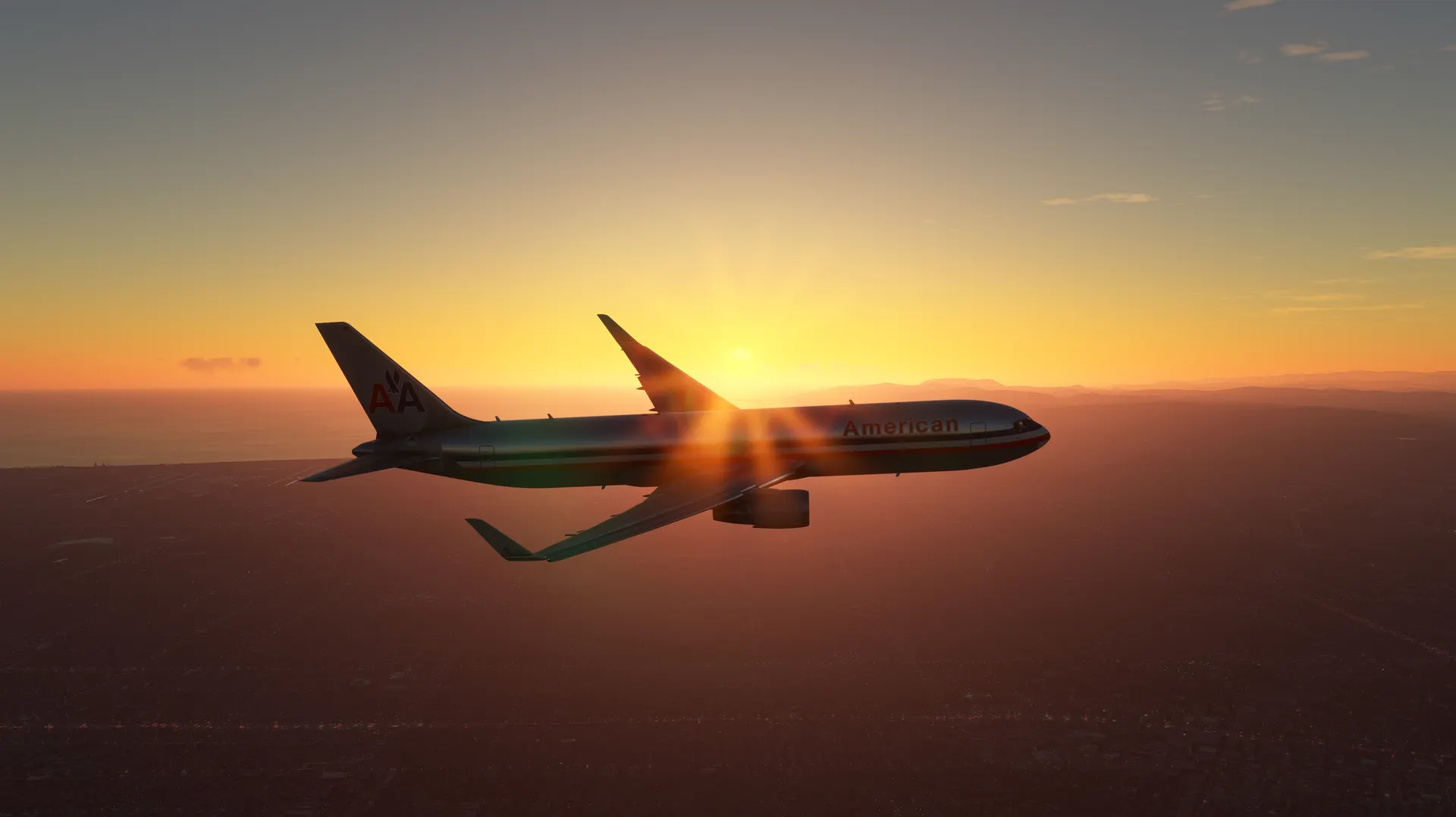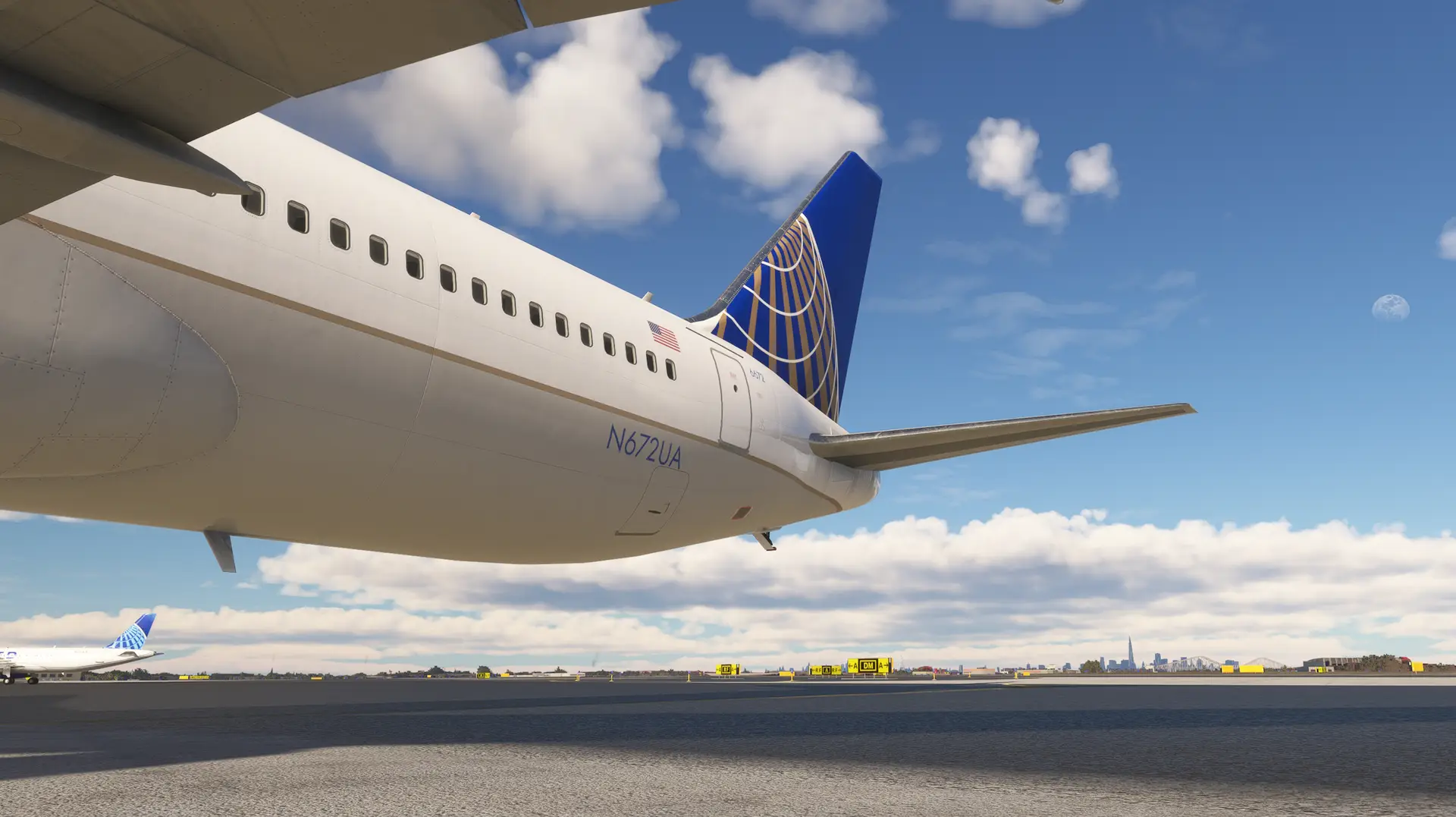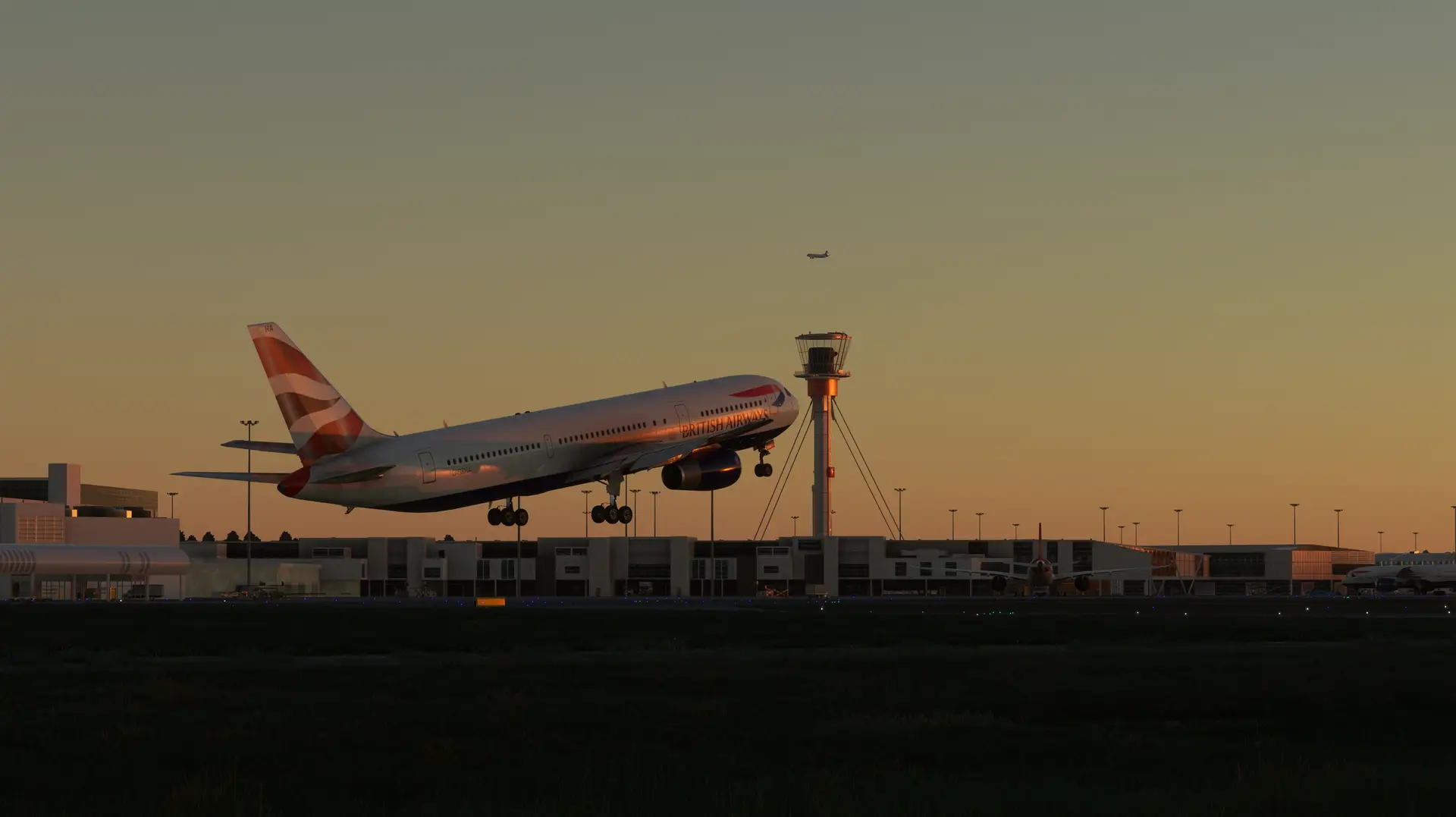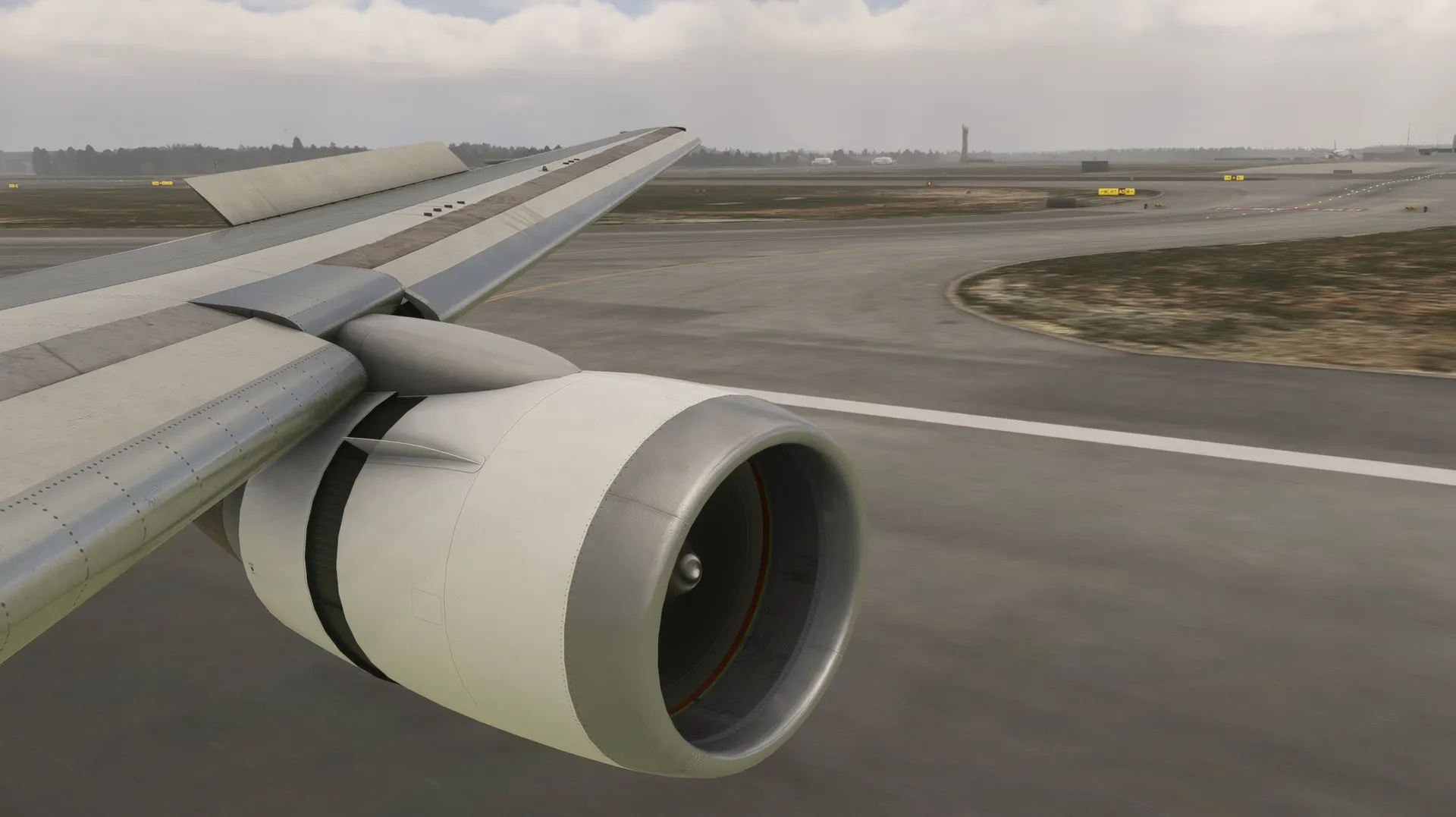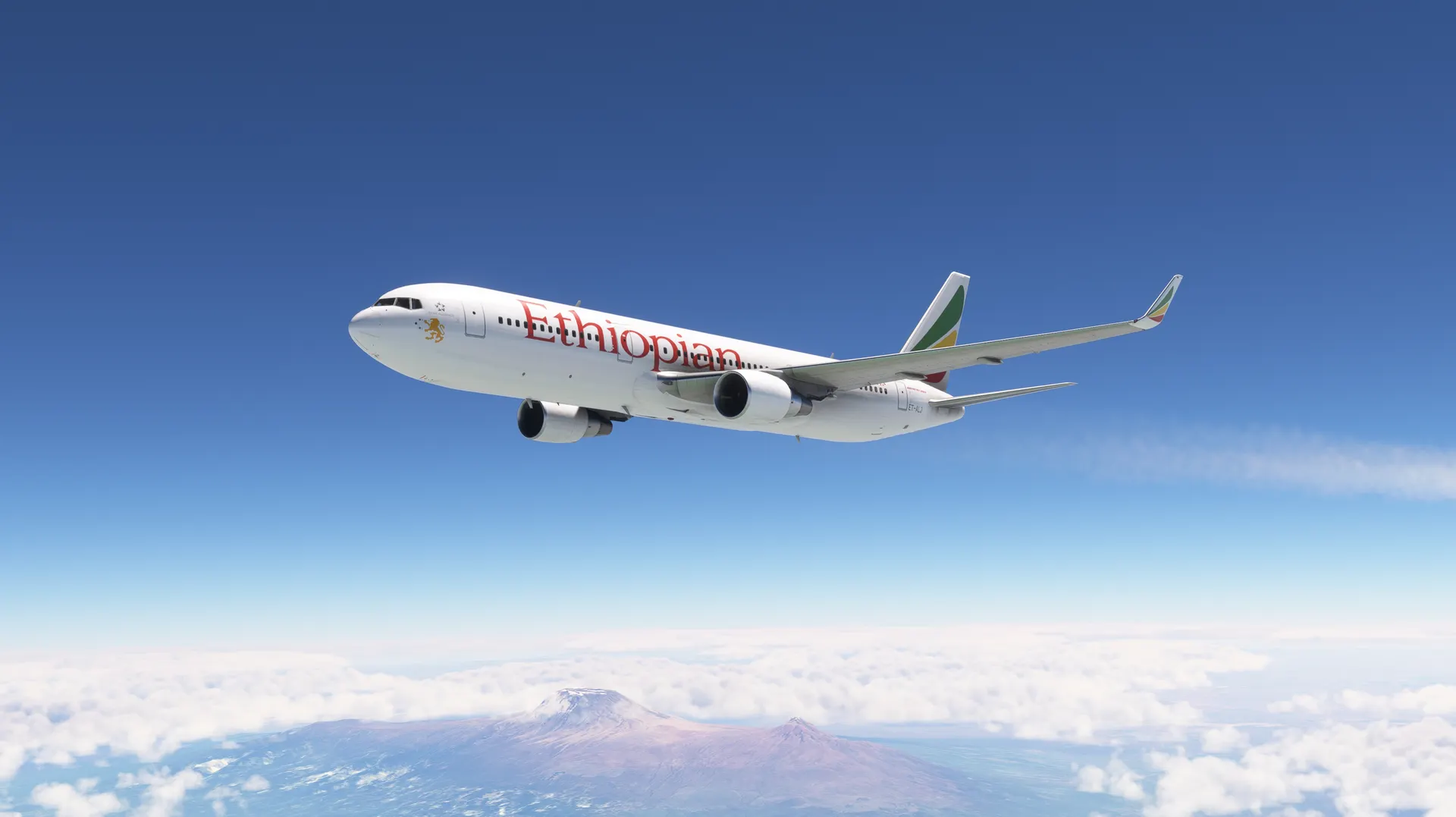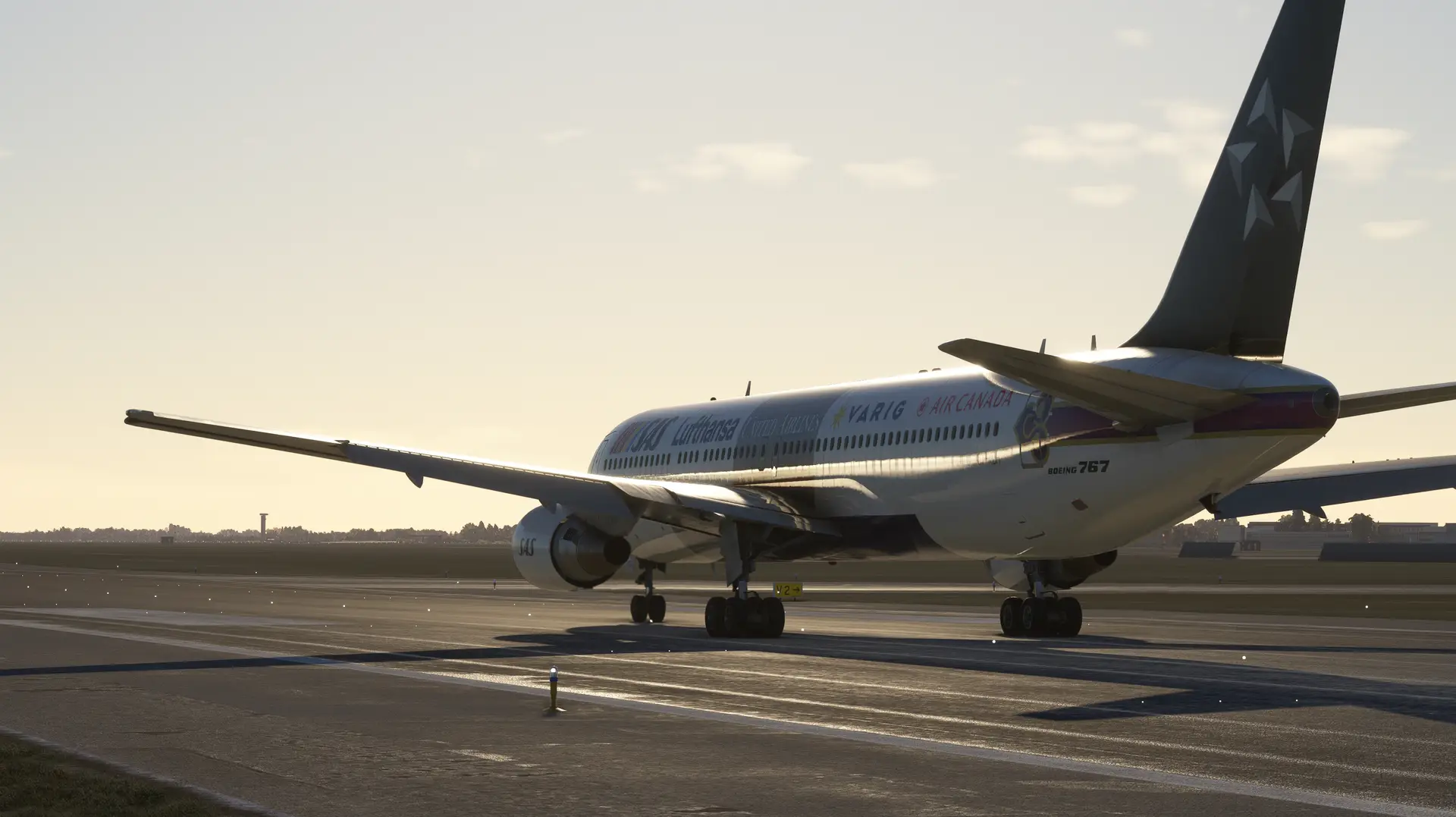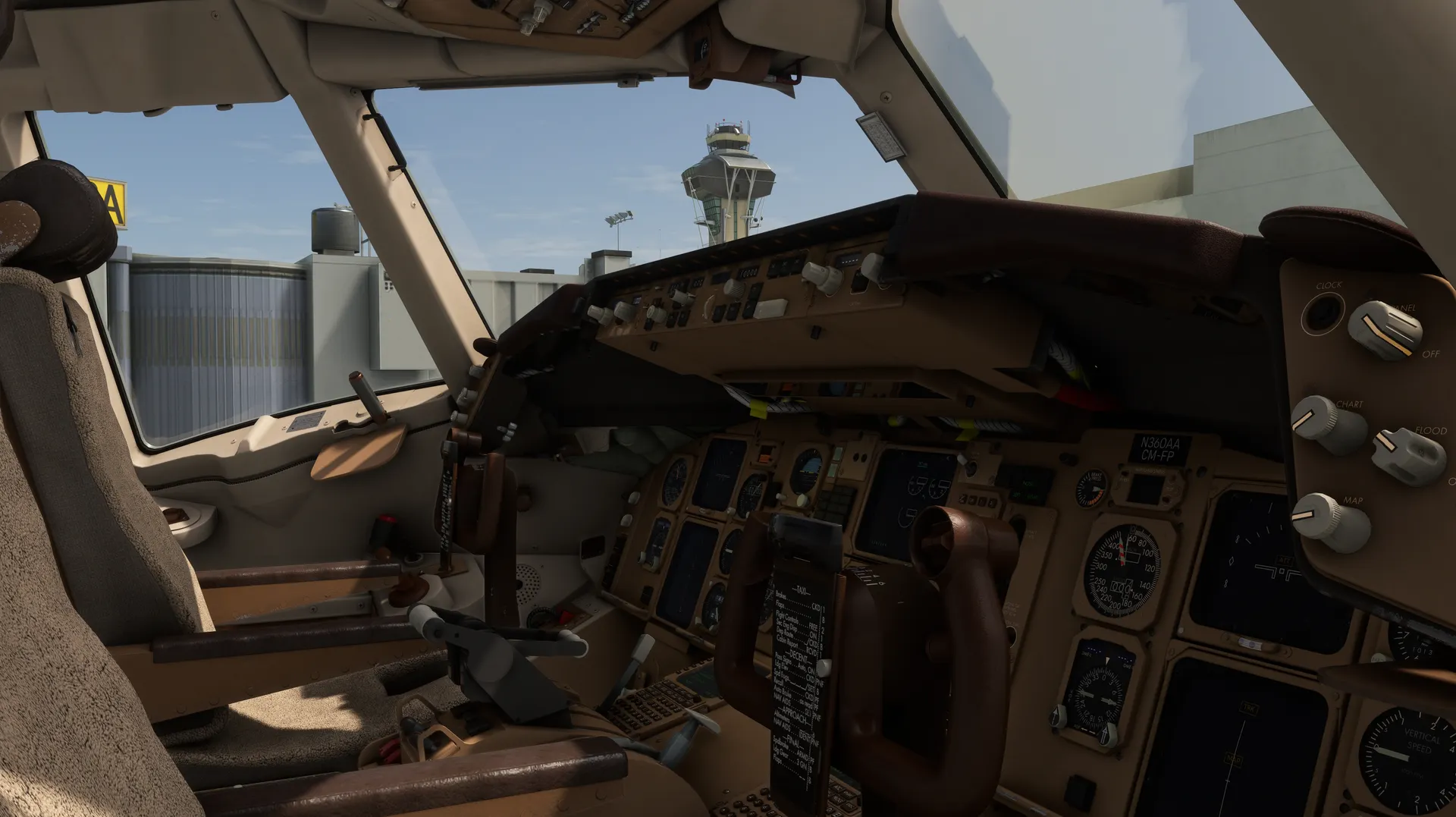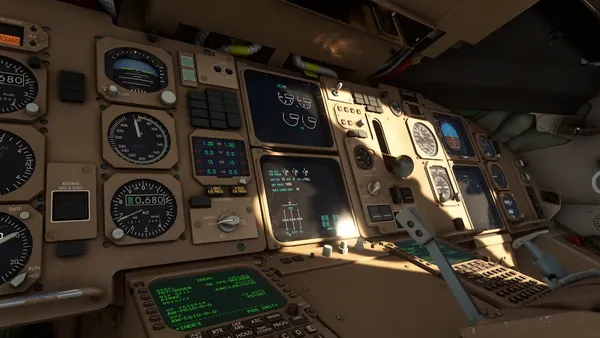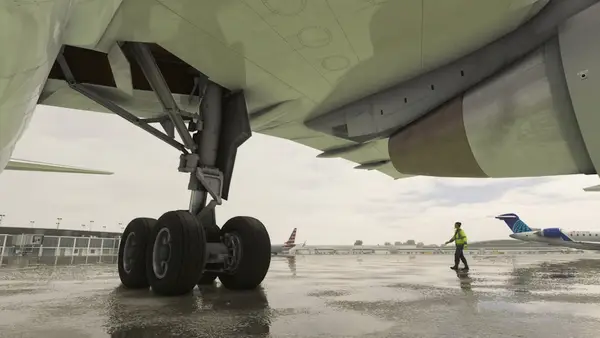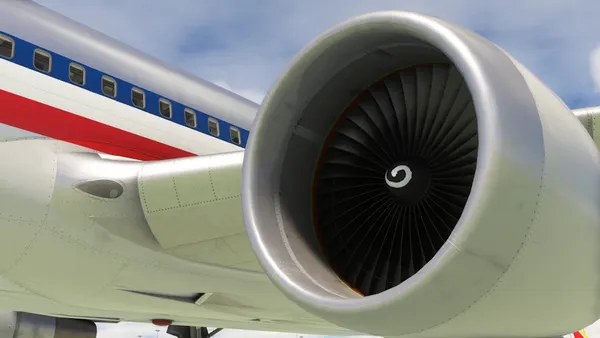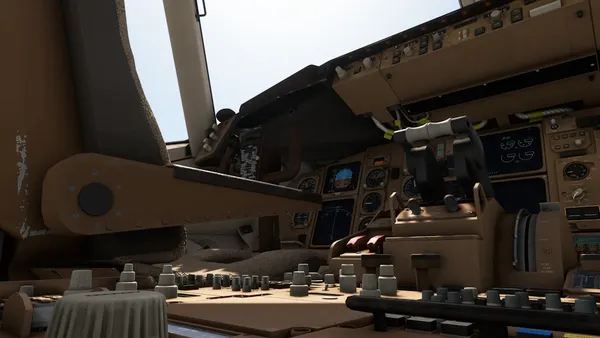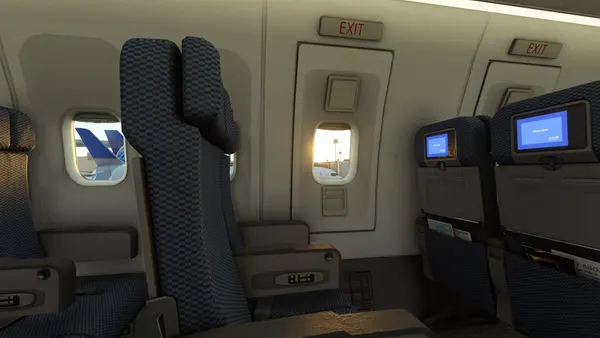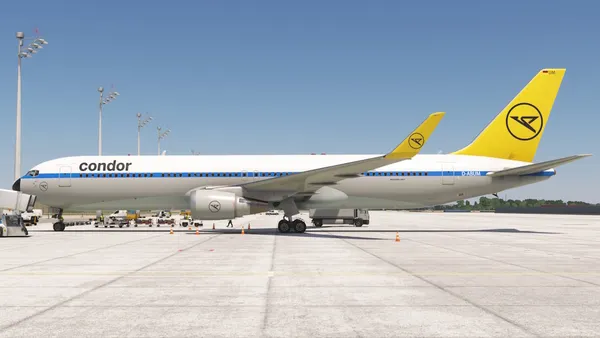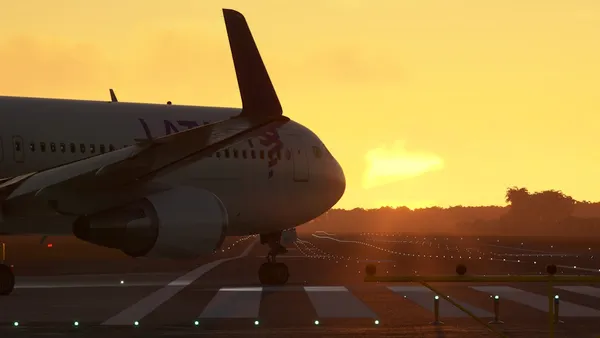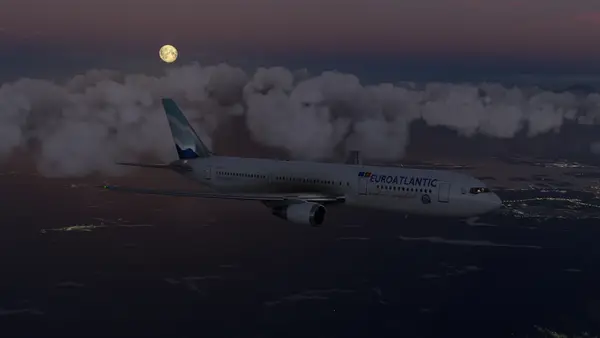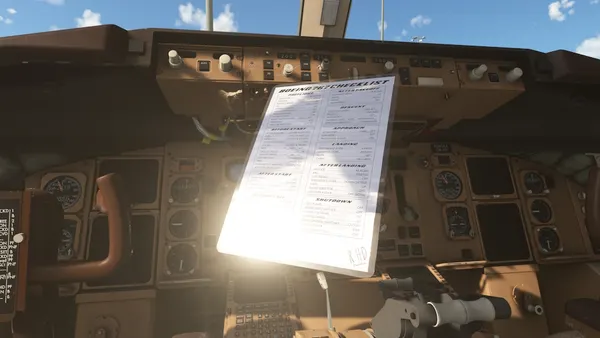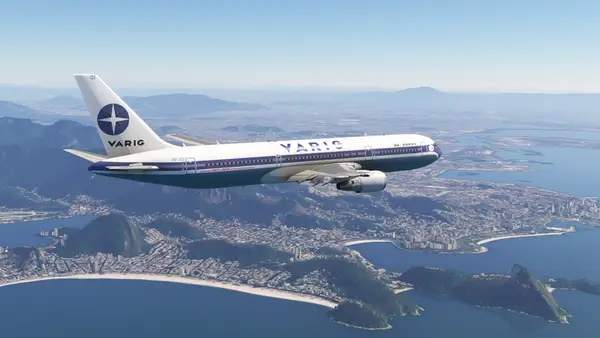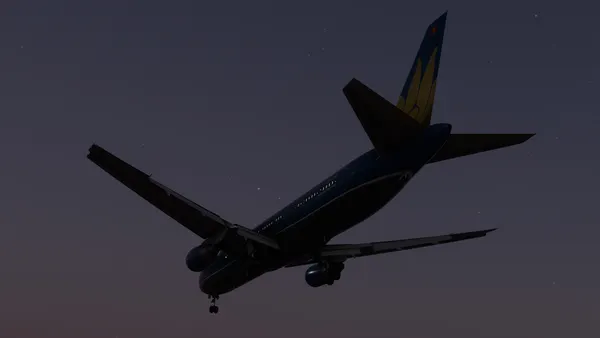- USD 24.99
- View more offers at FS Addon Compare
- Added: August 12, 2024
- Updated: October 9, 2025
The Boeing 767 is one of the most sold jets by it's American manufacturer. Among the different variants produced, the -300ER variant is by far the most popular one to date. With a long range of 11 000 km and a normal seat configuration of 225 seats, it fits well into the category, often called "the middle of the market," between the bigger jets like the 747 and the smaller ones like the 737.
First purchased by American Airlines, the type began regular flights in 1988. With ETOPS certifications the jet has been popular flying across the Atlantic, and you may still see them flying these routes all these years later. In 2014 the last 767-300ER passenger variant was delivered after many years of production, and as of 2024, 23 airlines still use them in their operations. Being such an important plane for the aviation industry, it has also found its place among flight simmers.
The RHDSimulations 767-300ER for Microsoft Flight Simulator 2020 has been made from the start to fit the quality standards of this new generation flight simulator.
DETAILED DESCRIPTION
Pratt & Whitney - ArkeFly - Austrian - Delta - Ethiopian Airlines - EuroAtlantic - Icelandair - SAS Star Alliance (1998 livery) - TWA - United Airlines - United Airlines Tulips - Vietnam Airlines - Generic White livery
Rolls Royce - RHDSimulations - British Airways - British Airways Landor - China Yunnan Airlines - Eastern Airlines - Qantas - Generic White livery
Though being to a large degree customized, some systems of the 767 have roots in default aircraft, such as the 747.
